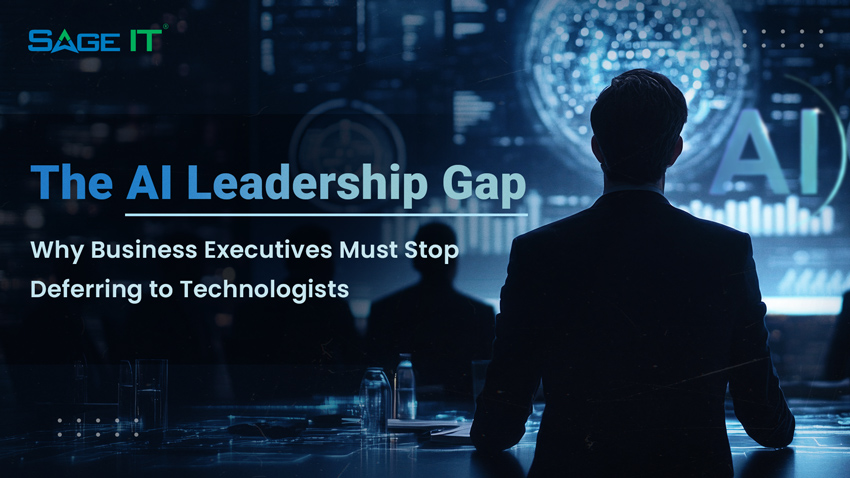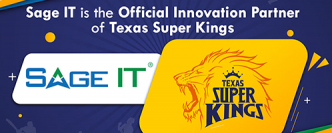Generative AI (GenAI) isn’t just another technology deployment. It represents a fundamental cultural pivot. Employees today suffer from significant “digital debt,” which refers to the overload of emails, meetings, and routine administrative tasks that exceed their capacity to process effectively. Culture, not technology alone, will determine whether AI alleviates this burden or adds to it.
As Microsoft CEO Satya Nadella observed, AI has enormous potential to “remove the drudgery of work and unleash creativity.” Yet realizing this promise critically depends on organizational values, mindset, and how effectively leaders address employee fears around AI’s role.
The AI Opportunity: From Employee Overload to Productivity Breakthrough
Today’s employees are overwhelmed by digital debt:
Forward-looking leaders must reposition AI as essential relief from burnout rather than a threat.
Actionable leadership tip:
In your next team meeting, explicitly ask:
“If you had an AI assistant today, which mundane tasks would you delegate first?” This helps uncover genuine frustrations, transforming skepticism into excitement.
Changing the AI Narrative: From Threat to Strategic Partner
The shift toward an AI-friendly culture begins at the top. Microsoft’s Jared Spataro emphasizes, “We’ll need to develop a new chemistry with AI, learning when and how to ask questions and fact-check responses.” Leaders must proactively shape narratives, explicitly communicating how AI practically reduces digital debt and routine workloads (email management, data entry automation), reinforcing AI as a trusted associate through town halls, internal blogs, and direct managerial conversations.
Clearly communicating AI’s value in tangible terms transforms apprehension into enthusiastic adoption.
Encourage Experimentation: Turning Fear into Curiosity
Fear accompanies any disruption, yet successful companies actively foster curiosity-driven experimentation:
Upskilling the Workforce: Building AI Literacy
Employees require structured training to confidently leverage AI, particularly around emerging competencies such as prompt engineering, recognizing model bias, and data privacy considerations. Practical steps include:
Positioning AI training as career advancement boosts employee engagement and reduces fears of redundancy.
Transparency and Trust: Essential Ingredients
Clear, transparent communication directly reduces anxiety around AI’s impacts. Successful practices include:
Companies practicing ongoing transparency, like PwC and Deloitte, enjoy deeper trust and smoother AI adoption journeys.
Recognize and Reward AI Innovators
Promote widespread AI adoption by visibly recognizing early innovators:
Recognition not only motivates adoption but fosters cross-departmental innovation. For instance, one consulting firm’s successful AI-driven resume screening prompted similar innovations in their procurement department.
Creating an AI-Ready Organization
Organizations succeeding with GenAI don’t just deploy technology; they align it explicitly with their mission and core values. For instance, if your company prioritizes customer-centricity, clearly illustrate how AI automates routine customer service tasks, freeing teams to provide more personalized interactions. Demonstrating how AI directly supports your organizational mission ensures employees embrace AI not as a threat, but as a powerful partner.
Creating an AI-ready culture involves continuous learning, curiosity, transparent communication, and explicitly aligning AI initiatives with what employees deeply care about. In this environment, AI’s promise of enhanced productivity, improved morale, and unleashed creativity becomes reality.
The time to build your AI-ready culture is now. Your organization’s competitive edge tomorrow depends directly on the cultural seeds you plant today.
Written by,
Sagar Pelaprolu
CEO












